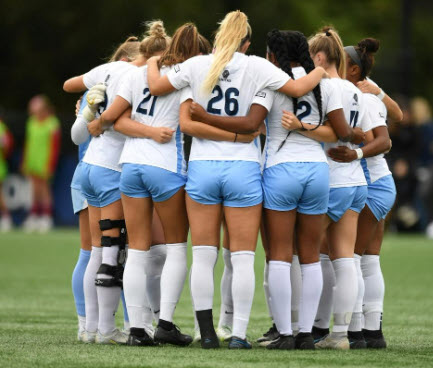
If you are a soccer (a.k.a “football) fan like we are, we are sure you have been watching the FIFA Women’s World Cup games. Just like with any contact sports, these elite female athletes suffer from a variety of injuries. Women’s soccer is more popular than ever, with over 30 million women playing soccer worldwide. However, recent studies have shown a significantly higher risk of injury for female players.
According to FIFA, here are the top 5 injuries experienced by female soccer players:
1- Sprained Ankle – the most common injury among female players
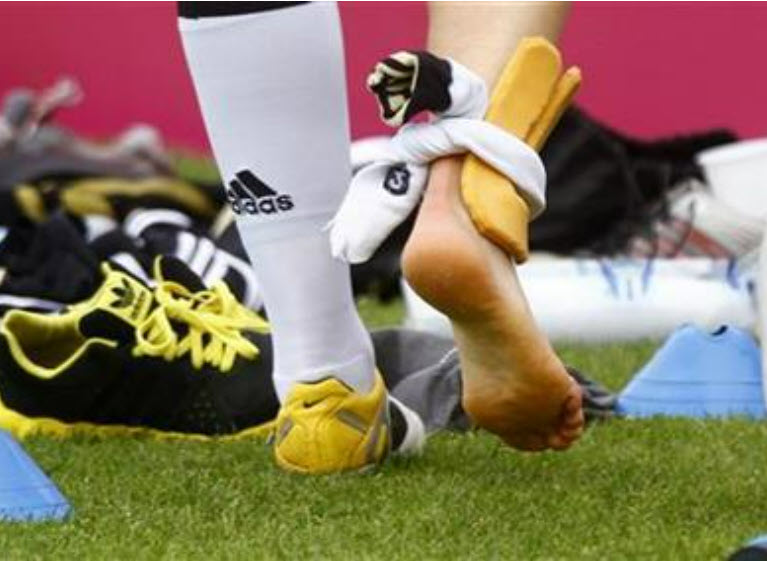
The lower limbs are logically the most affected in soccer because they are the most used. A sprained ankle is the most common injury found in female soccer players and the one that causes the most loss of time during the match.
If the ground is unstable or has a roughness, the risks are multiplied. Sprains also often occur upon landing a jump or following a tackle. In women’s soccer, the tackle causes injuries to both the one who is tackling and the one getting tackled, whereas damage will be mainly to the one getting tackled in males’ soccer.
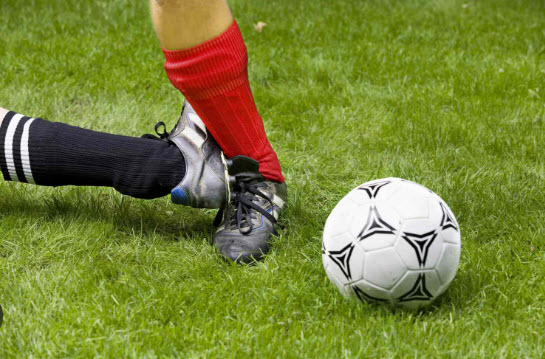
A poorly treated sprain carries a high risk of recurrence. Appropriate rehabilitation can avoid this inconvenience.
Physical therapy intervention can help decrease your risk of reinjury by strengthening up the ankle and hip musculature as well as working your balance on challenging or unstable surfaces you might experience on the field.
2– ACL Rupture – one of the most recurring injuries in women’s soccer
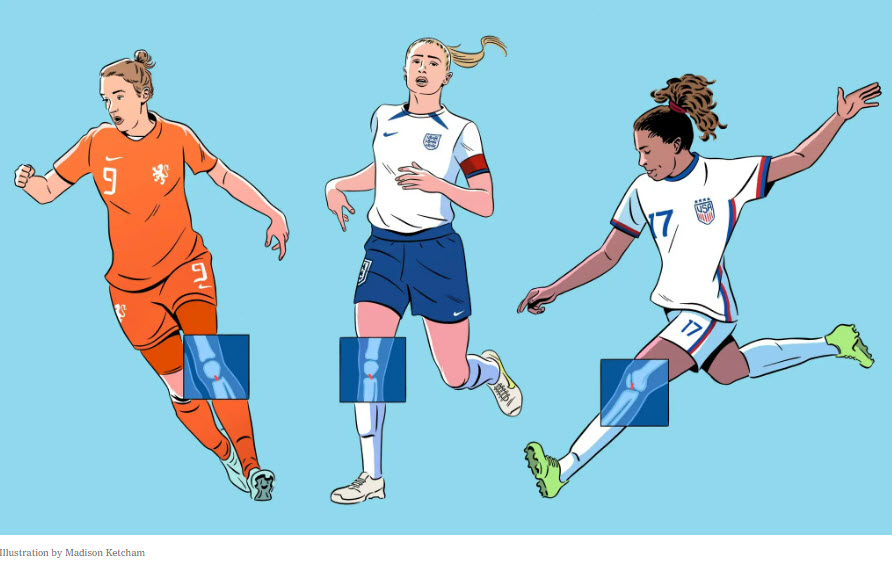
Knee trauma is 5-10 times more common in female players – especially anterior cruciate ligament (ACL) injury. A physical tackle would be responsible in 50% of cases, but can also be caused by sudden stops, jumps, and rotations and false movements. All of these movements threaten the knees. Research is carried out regularly to better identify the causes and to know how to prevent them.
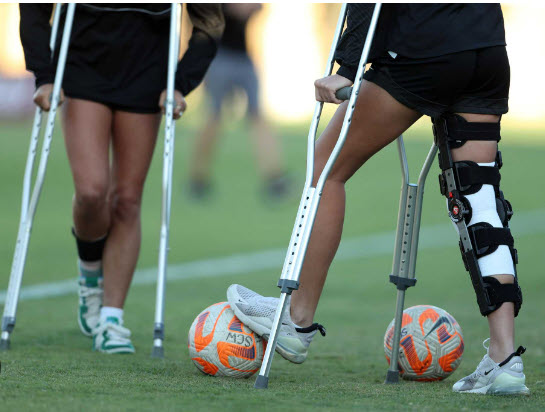
In order to fix an ACL rupture, a surgical repair of the ligament is needed. Without this surgical intervention, playing sports with impact like soccer will be risky. Post-surgery, we treat ACL ruptures by restoring range motion, function and strength allowing you to return to daily life activities. In time working on strength gains and normal movement patterns to allow you to return to sports.
3- Concussion – a high risk for players
Studies show that concussions are just as common in women’s soccer as they are in men’s. This occurs when the brain is shaken or hit against the skull.
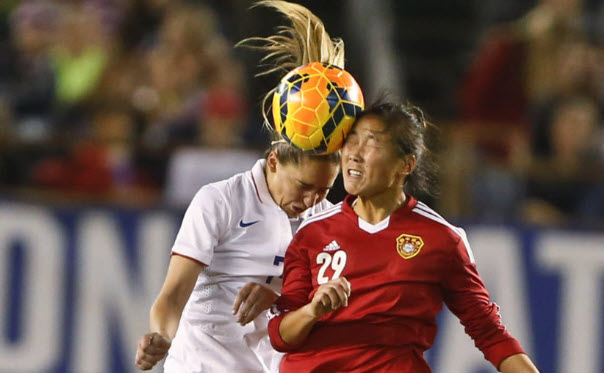
On the field, this can occur during a collision between two players, or during a fall. A concussion is serious brain damage that can have long-term consequences. The player must be aware of the risk and remain attentive to her movements and placements, especially during heading or jumping to catch the ball. Although we don’t treat patients for their concussion directly, we do help them with after-effects such as vertigo and any neck or shoulder injury also caused. Some concussions can take longer to heal and therefore will need physical therapy services to address strengthening, mobility and assist with return to sport.
4- Muscle tear of the quadriceps and hamstrings
Hamstring and quadriceps tears mostly occur when the player slips on the ball or collides with another player with the lower body. A tear occurs when the microscopic fibers of the muscles are damaged and broken, causing sudden pain and swelling, or a strong contraction of the muscle.
If the muscle tear is very pronounced, the tendon which is attached to the muscle, can tear and is very painful. Before playing, soccer players must warm-up to prepare their muscles for action. After a game, stretching and rest are essential to prevent tearing of these muscles and let them recover as they should.
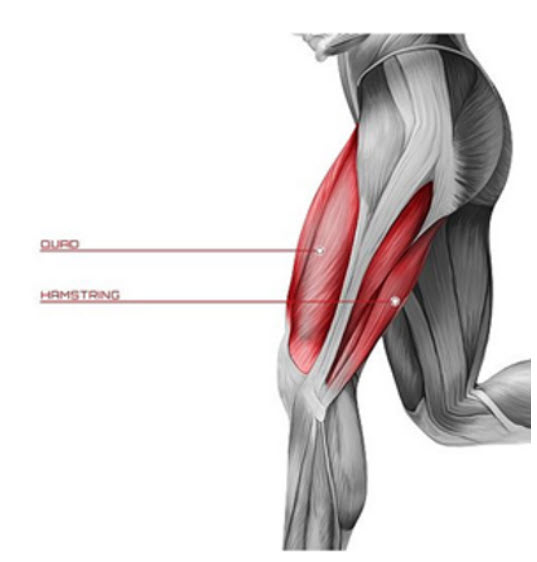
Staying hydrated and a healthy diet will also maintain the quality of muscle fibers. In addition, to strengthen them, it is possible to work on specific exercises, such as balances on one leg or squats and lunges for example. We treat muscle tears through a variety of ways such as stretching across different joints, soft tissue massage, dry needling and determining any abnormal movement patterns that can contribute to the pain.
5- Stress Fractures
If during an activity a certain threshold is exceeded, the risk of a stress fracture increases – especially after the age of twenty. Women are more prone to this injury mainly in the lower limbs. Thus, beyond medical or even surgical treatment aimed at curing the player’s fatigue fracture, rest and the implementation of an appropriate nutritional and hormonal strategy will be required to prevent relapse. We treat stress fractures by strengthening the surrounding structures, working on mobility of the area while the fracture is healing and perform safe cardiovascular training. While the fracture is healing our goal is to maintain your fitness level as much as possible during the healing process.
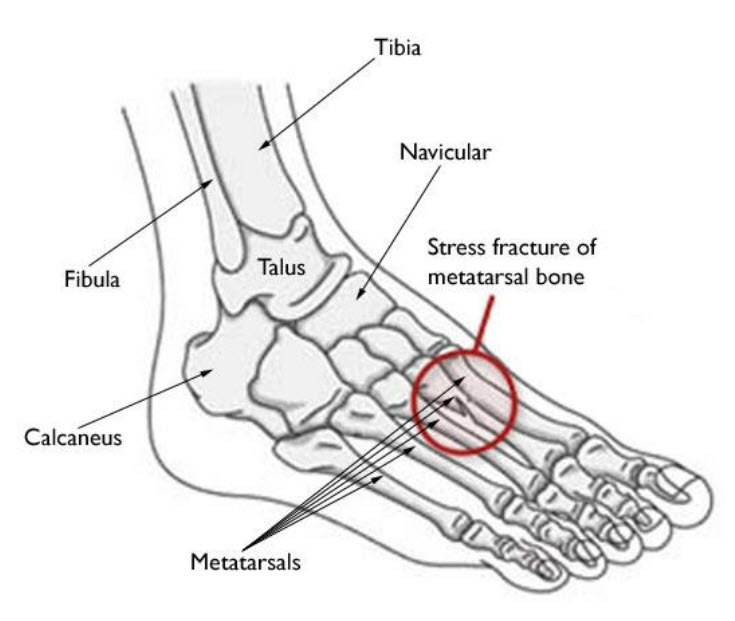
As Doctors of Physical Therapy, we treat all types of athletes (beginner to elite to aging) and are able to provide each with individualized treatment per their needs. In physical pain? Come talk to us!
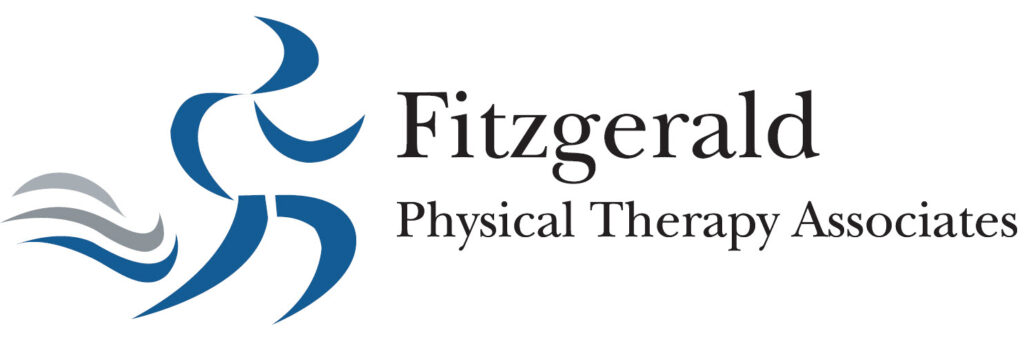
Sources :
fifa.com
irbms.com
Fifamedicalnetwork.com
Special contribution from Fitzgerald PT’s Dr. Beth Hayes
